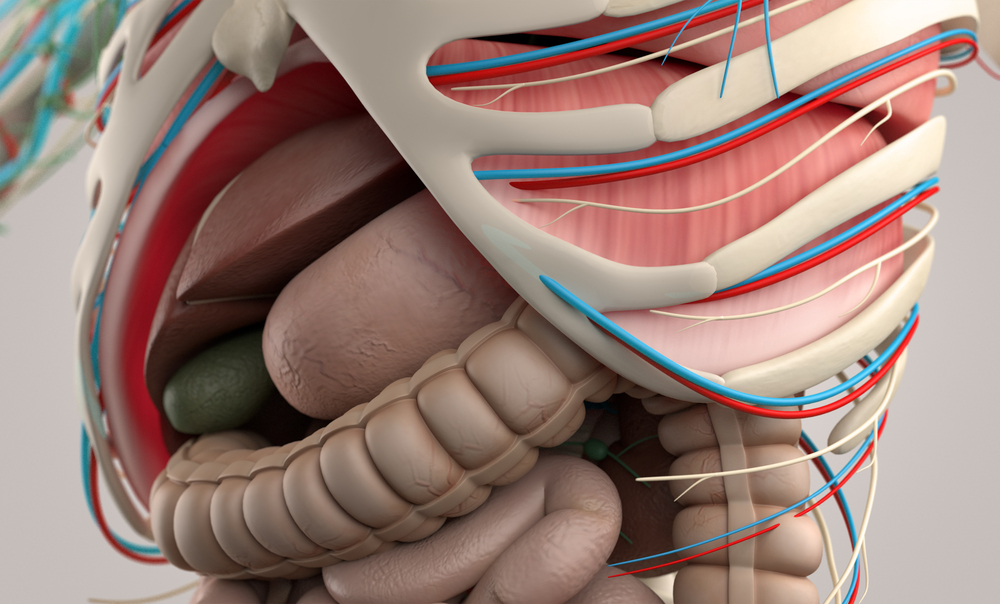Top Stories

Microbiome and Diabetes: Sick or healthy? Bacterial Metabolism Tells us Which - and Why
The human gut is a complex ecosystem: Countless bacteria colonise it and help us to digest our food. Scientists from the Luxembourg Centre for Systems Biomedicine (LCSB) of the University of Luxembourg in collaboration with the IBBL (Integrated BioBank of Luxembourg), the Centre Hospitalier de Luxembourg and the Centre Hospitalier Emile Mayrisch have developed a way to study this ecosystem - the microbiome of the gut - in unprecedented detail: Their new approach allows examination of the genetic potential of the bacteria by decoding their DNA as well as assessing their activity by sequencing RNA, the molecules that are first formed upon transcription of the DNA.
They can also identify the proteins that are subsequently synthesised which in turn then catalyse metabolic reactions. "For the first time, we can now observe what happens simultaneously at the three levels of DNA, RNA and proteins within the microbial communities of the gut," says Prof. Paul Wilmes, head of the LCSB Ecosystems Biology Group, who led the study. "This is important for us to better understand diseases such as diabetes, which the gut microbiome may have an effect on." The researchers have discovered, for example, that the composition of the gut microbiota hardly differs between patients with diabetes and healthy individuals. On the other hand, the genes which are switched on or off by the resident bacteria can be very different. The researchers publish their findings today in the renowned British journal "Nature Microbiology" (DOI: 10.1038/NMICROBIOL.2016.180).
The MUST study (Diabetes multiplex family study) focused on individuals who have already suffered from type 1 diabetes for several years, and who had provided stool samples to the IBBL - an essential partner of the study. "We studied the bacteria in the stool samples from these people," says Dr. Anna Heintz-Buschart, first author of the paper. "We also analysed stool samples from healthy close relatives of the patients with diabetes." The researchers discovered that there is much less of a difference in bacterial species composition between people with and without diabetes than had long been believed. "However," Heintz-Buschart continues, "there are clear differences in what the bacteria do."
In type 1 diabetes, these differences presumably arise when the body's immune system attacks its own insulin-producing cells in the pancreas. The resulting damage can radically upset the composition of digestive juices. "The gut bacteria have to adapt to the changes in their environment," Heintz-Buschart explains. "They do this by adjusting their metabolism, or in other words they change the amounts of proteins or vitamins they produce, such as thiamine. What matters here is that a change in the body's thiamine levels can exacerbate the course of the disease." The once beneficial bacteria thus become a health risk and can worsen the sufferer's condition.
Such precise descriptions of disease-related changes in the microbiome and insights into their functional effects in the body were not possible until now, stresses Paul Wilmes: "While we had been able to determine the species composition in the gut ecosystem by conventional DNA analyses, we were in the dark as to what was actually going on there at a given point in time. To use the analogy of human society: we were able to carry out a census of different individuals without knowing what they might do as a profession. Now we know who does what and when." The breakthrough came when they combined different analytical techniques: "We looked at genomic, transcriptomic and proteomic information together for the first time, meaning we simultaneously studied the DNA, RNA and proteins of the microbiome. Thus, we are now able to study which genes are transcribed and what proteins are produced at a given point in time. This simultaneous study at the three levels gives us an entirely new picture of the functional processes occurring in the gut, for example in relation to metabolism."
The medical professionals with whom Wilmes and his team collaborated see great hope in the new research approach. This includes Prof. Dr. Carine de Beaufort, who conducts research and treats patients at the LCSB and at the Centre Hospitalier deLuxembourg. She was instrumental in finding families in which healthy and sick members were willing to participate in the study. "We expect these studies to help us identify biomarkers," she says. "These are molecules, such as proteins, that are produced or whose body levels change in the early stages of a diabetic condition. Such biomarkers would make diagnosis easier, so that we could already take preventive or therapeutic action at a very early stage."
In order to drive the search for these biomarkers, the study must go on, Paul Wilmes asserts. "We now wish to work together with families who have children with early forms of diabetes," he says. "For young people especially, it is important to detect indicators of the disease as early as possible. After all, the earlier doctors can intervene, the better they can assure a life with as few limitations as possible." Wilmes envisages detailed mechanistic studies that will give us a better understanding of the complex functions of the microbiome: "This way, we can learn how functional differences in, say, the biosynthesis of the vitamin thiamine by the gut microbiome relate to type 1 diabetes. Studies like MUST are crucial for this, as hypothesis generators."
The MUST project was carried out in collaboration between groups at the Luxembourg Centre for Systems Biomedicine, the IBBL, the Centre Hospitalier de Luxembourg and the Centre Hospitalier Emile Mayrisch. The project has been initiated within the Personalised Medicine Consortium and received financial support from the IBBL and the Luxembourg National Research Fund's ATTRACT, CORE, INTER and AFR funding programmes.



Comments